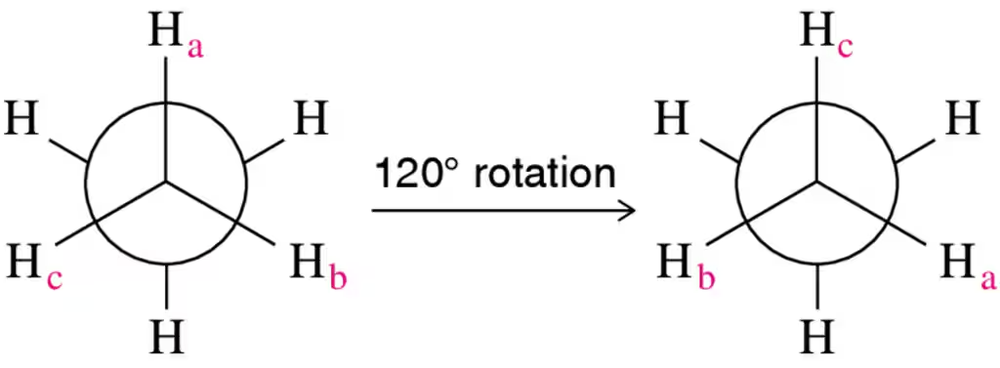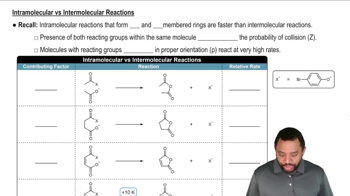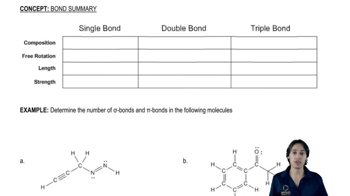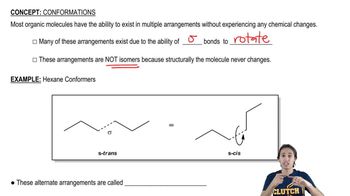For the following acid–base pairs, (v) show a mechanism for the reaction; and (vi) draw a reaction coordinate diagram.
(f)

 Verified step by step guidance
Verified step by step guidance Verified video answer for a similar problem:
Verified video answer for a similar problem:



 6:07m
6:07mMaster Introduction to free energy diagrams. with a bite sized video explanation from Johnny
Start learning